IMS Output Modules: Configurable and fixed Outputs
User-selectable combination of IMS I/O modules
Overview: IMS Output Modules
IMS-BPE
Meinberg's new BPE8000 series will gradually replace the previous series of our Basic Port Expansion modules. Compared to the preconfigured 2000 series modules, the 8000 series provides flexible and customizable configuration of output signals at the physical connectors of the modules. There are eight variants available, offering different BNC and ST connection combinations. With the new generation of BPE modules, the output signals can be selected via the web interface. An electronically controlled switch (multiplexer) on the module board allows the selection of signals distributed by the receiver module via the backplane. This not only provides the possibility to flexibly distribute the output signals to the existing physical connections, but also achieves a high degree of utilization of the modules, since no hardware update or an upgrade of the IMS system by further modules is required in case of new requirements by the application environment. 
IMS-CPE
These modules consist of a half-size standard controller card (backend) and a dockable port expander card (front-End), providing a large variety of available and programmable output signals and physical connectors, including various electrical and optical interfaces.
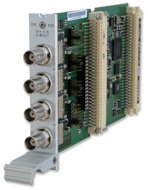
IMS-PIO
Versatile I/O module for output and measurement of PPS and 10 MHz signals
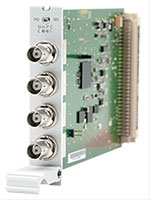
IMS-FDM
The IMS-FDM is used to measure the grid frequency of an input AC voltage for grids with a nominal frequency of 50 Hz or 60 Hz. It also serves to monitor frequency deviations and maintains a "power line time" on this basis. This time of day is kept in relation to the accurate reference time maintained by the IMS system to enable a 'drift' value to be calculated that provides a representation of how the frequency of the input AC voltage deviates over time.
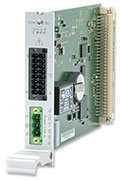
IMS-SCG
Studio - Clock Generator
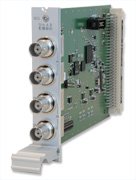
IMS-LNO
The IMS-LNO180 is a 10 MHz generator card and provides sinewave signals with low phase noise at four outputs. It has a microprocessor system which monitors the output signals and generates status signals for the management system. It may be preferably used in our modular IMS Systems, M900 timeserver platform and GPS based 3U housing.
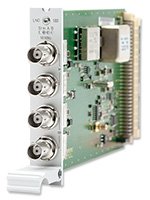
IMS-VSG
The IMS-VSG modules for Meinberg’s LANTIME IMS platform are specifically designed to meet the needs of the broadcasting sector as they transition to IP-based production workflows away from long-established analog solutions, providing the perfect balance between ease of use, maximum signal precision, and extensive studio clock signal support for analog and digital production workflows.
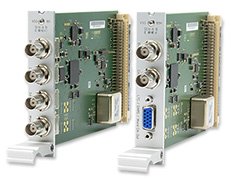
IMS-REL
The REL1000 error relay module can be switched by various operating states (e.g.: Clock Not Sync). 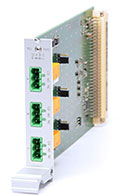
|


